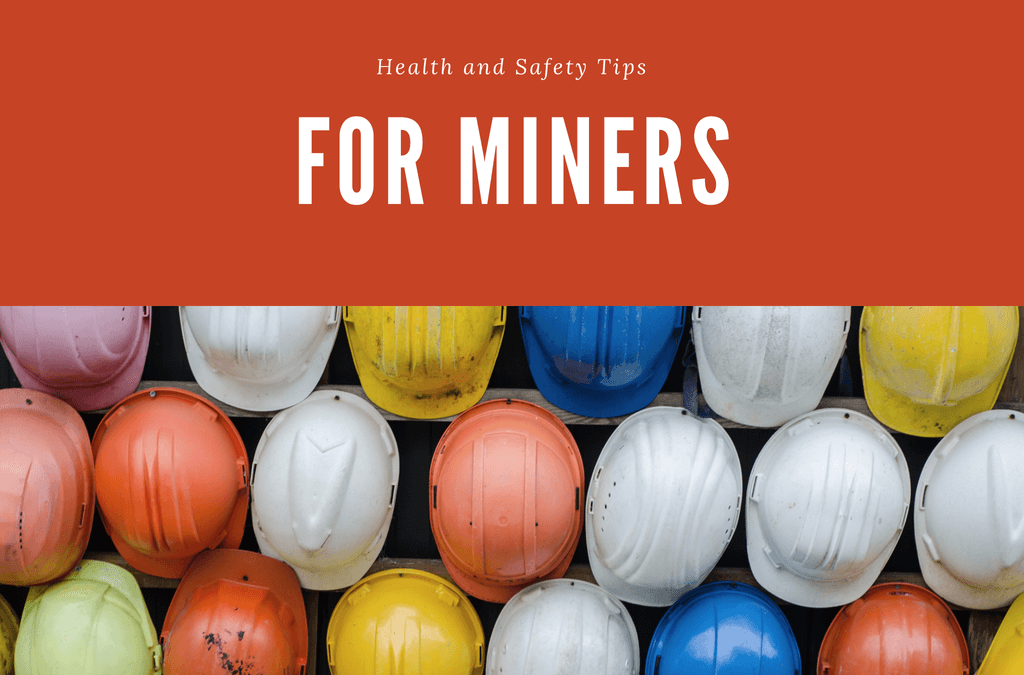With each job comes its own set of safety regulations in order to protect its employees. The mining industry, in particular, requires many precautions in place to ensure the safety of those who work within it. Therefore, it is imperative that each mining employee takes these rules seriously.
Here are some additional tips to consider for anyone looking to enter the mining industry:
Protecting Your Lungs
For centuries, “black lungs” were a common side effect of working in mines. What this means is that workers would inhale the dust and debris from the air in the mine into their bodies, which in turn would harm their lungs. Today, “black lungs” are preventable, thanks to advanced technology and more knowledge about the effect of unclear air on the human respiratory system. It will vary slightly from location to location, but pay close attention to whether a simple mask will be enough, or if additional protection is required.
Communication Within the Mines
Of course, it’s crucial to communicate with teammates at any given time, but in the mines, it’s even more imperative that all employees are on the same page. A hazard in a mine could mean serious injury, and unlike many workplaces, mines are constantly changing, and thus so are the hazards. For example, the structure of the mine itself could change within a short period of time. The requirements to maintain that structural integrity will change with it. Practicing frequent and clear communication within the mine will help keep workers safe and knowledgeable about the area that surrounds them.
Safety Instructions for All Tools
Miners use a variety of tools to complete their jobs every day: explosives, electrical equipment, and vehicles, to name a few. Because of their commonplace, everyday usage, some miners might feel that they have enough knowledge to skirt around certain instructions. These shortcuts should never be taken, however. One small slip with an explosive could lead to serious injury, a cave-in, or in some cases, fatalities.
Similarly, mines require many different kinds of electrical tools, and rarely in the same place. This means that these tools frequently move, and with that movement comes the risk of electrocution or tripping and falling. Having policies in place to determine protocol will create a safer environment, one where workers are always conscious of their surroundings.
Handling Heavy Objects
Historically speaking, miners have to be strong individuals in order to work in the mines, because the job requires so much physical labor. But, just because these workers are strong does not mean that they do not have to care for themselves, as well. Knowing how to properly lift things to avoid injury, and knowing how to carry these things through busy areas are both crucial skills when it comes to mining safety.
